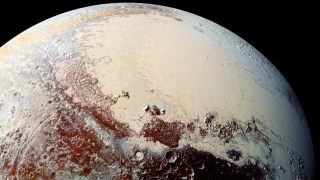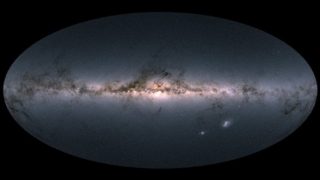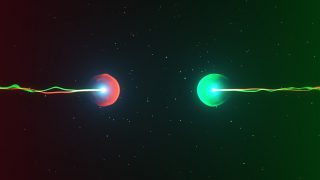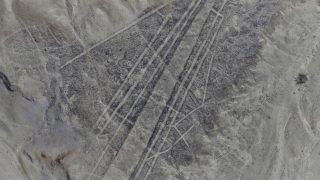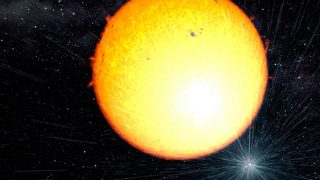
MI weekly selection #287
Companion star’s temperature differences help weigh massive pulsar The close proximity of its companion star has helped researchers weigh a huge pulsar in the binary system PSR J2215+5135. Astronomers measured the temperature differences and the Doppler shift on the two sides of the pulsar’s companion star to discover that the pulsar weighs more than twice […]
